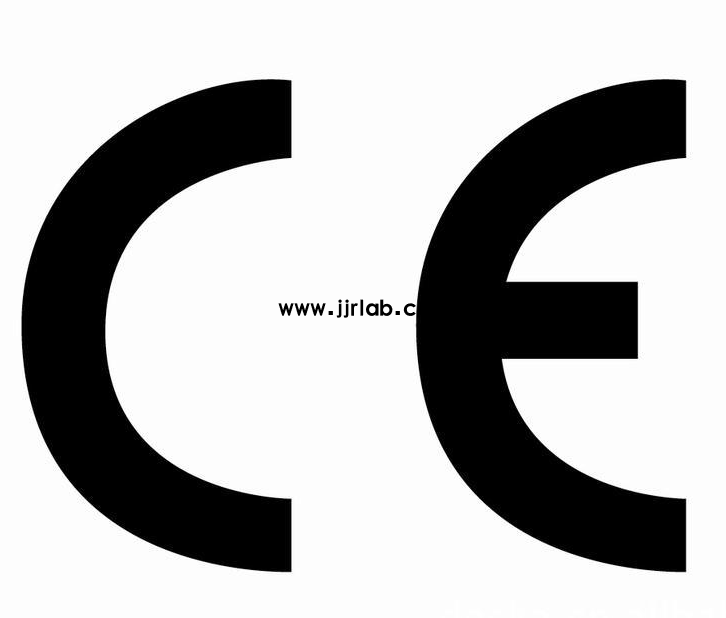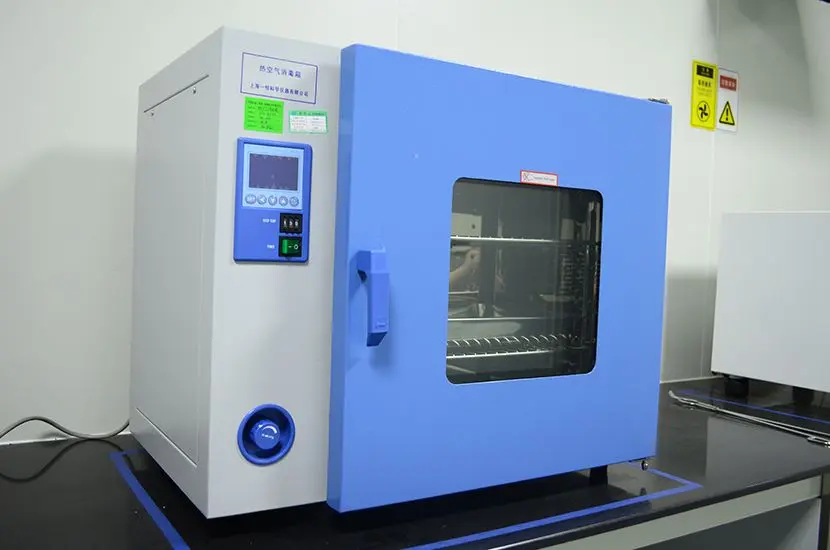
What is EMC RF Testing?
In the widespread application of modern electronic devices and systems, the conversion and transmission of electromagnetic energy have become indispensable. However, the presence of these electromagnetic energies often causes significant interference with communication systems, control systems, and computer systems, especially affecting sensitive components like integrated circuits. Therefore, Radiated Susceptibility (RS) testing, a fundamental part of Electromagnetic Compatibility (EMC) testing, is of paramount importance.
Radiated RF Electromagnetic Field Immunity Test
The Radiated RF Electromagnetic Field Immunity Test is a crucial EMC test used to evaluate a device's ability to operate in environments with strong electromagnetic fields. This test verifies whether a device can maintain normal functionality when exposed to RF electromagnetic fields of specific frequencies and intensities. It is widely applied in consumer electronics, medical devices, industrial equipment, and other fields.
Test Setup
1. Test Environment
- Shielded Room/Anechoic Chamber: The test is typically conducted in an anechoic chamber to eliminate external interference.
- Equipment Arrangement: The Equipment Under Test (EUT) shoULd be placed on a non-conductive table, at a height of 0.8 meters or as specified. The antenna is usually positioned 1 meter away from the EUT.
2. Calibration Steps
- Field Strength Calibration: Before placing the EUT, an electromagnetic field probe is used to calibrate the field strength in the test area, ensuring uniformity within ±1.5 dB.
- Setting Frequency Range and Step Size: The frequency range is set according to standards (typically 80 MHz to 6 GHz), with a step size usually set at 1%.
Test Purpose
The Radiated RF Electromagnetic Field Immunity Test aims to evaluate the EUT’s ability to resist interference from RF electromagnetic fields. It determines whether the device can function correctly in its intended electromagnetic environment.
Test Standards
Commonly used test standards include:
- IEC 61000-4-3: Electromagnetic Compatibility (EMC) - Part 4-3: Testing and Measurement Techniques - Radiated, Radio-Frequency, Electromagnetic Field Immunity Test.
- en 61000-4-3: A European standard equivalent to the IEC standard.
Test Equipment
- Signal Generator: Generates RF signals within the requiRED frequency range.
- Power Amplifier: Amplifies the RF signal output from the signal generator to achieve the necessary field strength.
- Antenna: Commonly used antennas include log-periodic antennas and biconical antennas, which radiate RF electromagnetic fields.
- Electromagnetic Field Probe: Monitors and calibrates the field strength in the test area.
- Shielded Room or Anechoic Chamber: Isolates external electromagnetic interference and provides a stable test environment.
Test Result Analysis
Analyzing the Radiated Susceptibility Test results is crucial for evaluating a device’s immunity to electromagnetic interference. By examining the test data, it is possible to assess the device’s performance in an RF field, identify potential weaknesses, and propose necessary improvements.
For instance, if the device exhibits significant performance degradation at a specific frequency, the electromagnetic characteristics at that frequency can be analyzed. Optimizing the device’s electromagnetic shielding design or signal transmission paths can help reduce the impact of electromagnetic interference.
Furthermore, the test results can be compared with industry standards or product specifications to determine if the device meets the required immunity levels. If the results fail to meet the standards, further analysis and modifications are needed until compliance is achieved.
Email:hello@jjrlab.com
Write your message here and send it to us
 European Authorized Representative for Medical Dev
European Authorized Representative for Medical Dev
 Low Voltage Testing Services
Low Voltage Testing Services
 Constructive Playthings Foam Block Toys Safety Sta
Constructive Playthings Foam Block Toys Safety Sta
 Prop 65 Textile Testing
Prop 65 Textile Testing
 Environmental Testing for Electronic Products
Environmental Testing for Electronic Products
 Food Packaging Testing Laboratories
Food Packaging Testing Laboratories
 What is CE Certification for Electrical Equipment?
What is CE Certification for Electrical Equipment?
 Requirements for EAC Declaration of Conformity (Do
Requirements for EAC Declaration of Conformity (Do
Leave us a message
24-hour online customer service at any time to respond, so that you worry!




